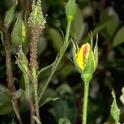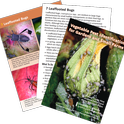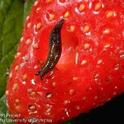- Filter(s):
- Flint
- clear
-
![Mealybug colony. [Jack Kelly Clark] Mealybug colony. [Jack Kelly Clark]](https://ucanr.edu/blogs/UCIPMurbanpests/blogfiles/35122_square.jpg)
New Mealybugs Pest Note!
Mar 11, 2016
-
![Photo Bark staining on coast live oak caused by larvae of the goldspotted oak borer. [Photo by Tom Coleman, USDA Forest Service] Photo Bark staining on coast live oak caused by larvae of the goldspotted oak borer. [Photo by Tom Coleman, USDA Forest Service]](https://ucanr.edu/blogs/UCIPMurbanpests/blogfiles/34690_square.jpg)
Invasive pest spotlight: Goldspotted Oak Borer
Feb 23, 2016



